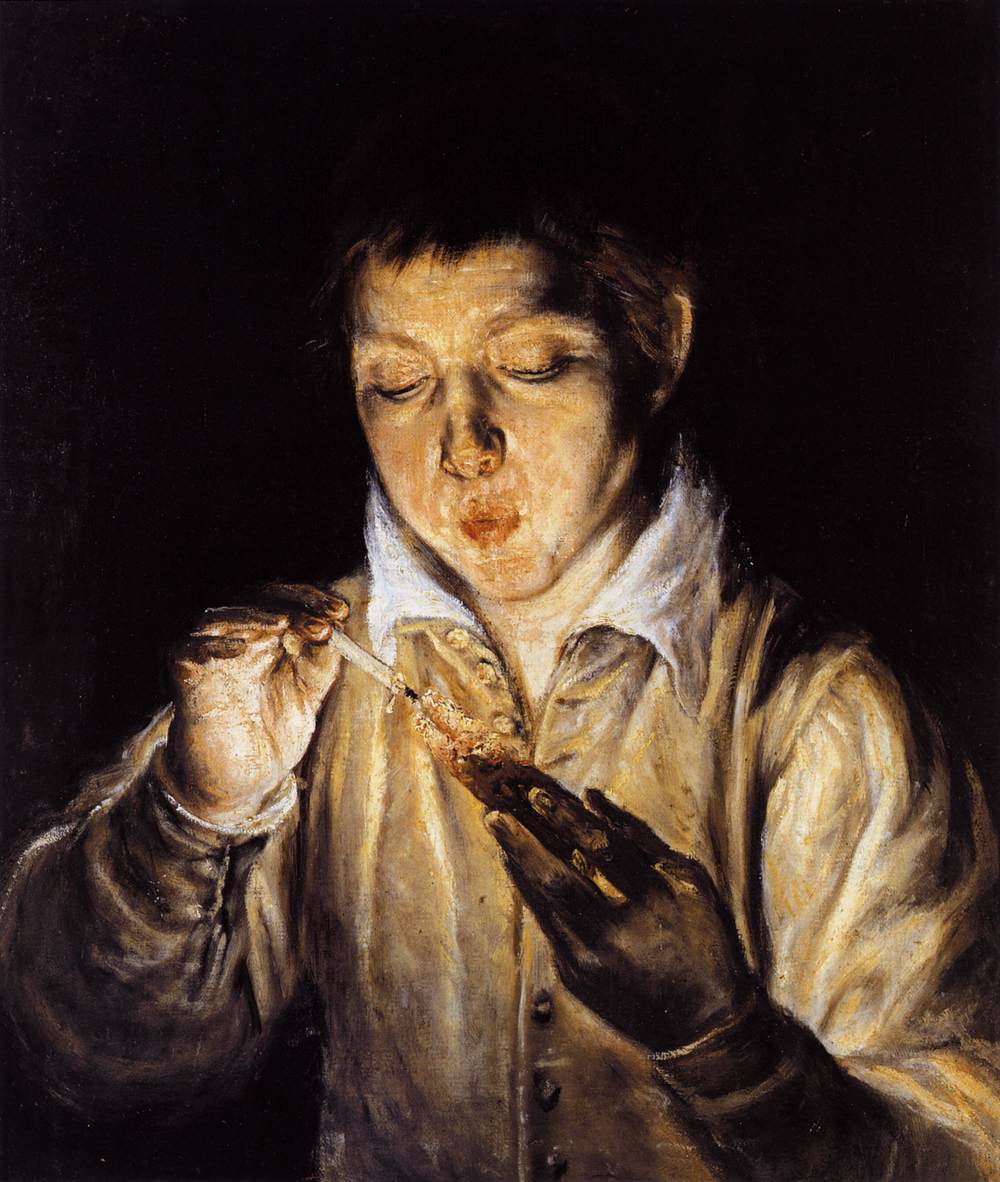
I was thinking about 5e mechanics today, and how you might introduce spells or effects that would manipulate those mechanics. I think most of the existing 5e spells fit into one or more of these categories. Let me know if you think of another category or method by which to engage with the game at a mechanic level. Also, Sacks/Stones/Soap and Heat are both from Luka Rejec’s Long Winter.
Fictional Positioning
- Create/remove a physical/mental/magical barrier to a task (silent image, wall of fire, invisibility)
- Encourage/discourage a certain sort of actions (suggestion, command)
- Create something that wasn’t there (summon elemental)
- Destroy/remove something that was there (banish)
Core Mechanic – d20 vs target number
- Change the d20 to a different sized dice (step up/down)
- Change the number of dice being rolled, choose highest/lowest (dis/advantage)
- Change the number of dice being rolled, sum/difference of the dice (bonus/penalty dice)
- Add value to the sum of dice rolled (bonus value)
- Skip the mechanic – guarantee success/failure
General Attack/Spell Attack Mechanic – d20 vs AC
- All that apply to core mechanic
- Change the AC (sunder armor or Mage Armor)
Alternate Spell Mechanic – Player Action Forces GM to make d20 Save vs Spell DC
- All that apply to core mechanic
- Change the DC (empowered spell)
Skill & Save Mechanic – d20 vs Task/Save DC
- All that apply to core mechanic
- Change the DC (glamour makes persuasion rolls easier)
Damage Mechanic – Number of Size dice rolled
- Roll more dice (critical hit)
- Roll bigger dice (versatile)
- Re-roll low numbers (Great Weapon Master)
- Add value to the sum of dice rolled (damage bonus)
- Skip the mechanic – deal predetermined damage per hit
- Double/halve the damage (resistance/vulnerability)
Condition Mechanics – true/false & duration & severity
- Apply a condition
- Remove a condition
- Lengthen a condition
- Shorten a condition
- Worsen a condition
- Improve a condition
- Temporarily remove the effect of condition without removing the condition
Health Mechanics – Hit Points & Death Saves
- Recover/Drain Hit Points
- Gain Temporary Hit Points
- Succeed/Fail at Death Saving Throws
- Stop requiring death saving throws (stabilize)
Inventory Mechanics – Sacks/Stone/Soaps – Encumbrance
- Destroy Gear
- Create Gear
- Alter Gear
- Make more from less
- Make less from more
- Make something heavier/larger
- Make something lighter/smaller
- Increase encumbrance threshold
- All that apply to Condition for Encumbrance
Heat Mechanics – Heat Points & Exhaustion
- All that apply to Condition for Exhaustion
- Increase/Decrease Heat Points
Social Mechanics – Disposition (Love / Neutral / Fear)
- All Skill & Save Mechanics
- Change the Disposition of NPC (Charm Person)
Rest Mechanic – Short/Long Rest
- Condition Mechanics can apply
- Health Mechanics can apply
- Roll Hit Dice with advantage/disadvantage
- Expend/recover Hit Dice
- Roll Hit Dice for free, or at 2:1 ratio


 I’ve been thinking about hacking Symbaroum’s Corruption into 5e by introducing the following mechanic to my game. Let me know if you can think of a more simple way to have a similar effect.
I’ve been thinking about hacking Symbaroum’s Corruption into 5e by introducing the following mechanic to my game. Let me know if you can think of a more simple way to have a similar effect.
